Looking for a real answer to “can you make money sports betting in Jilicrown”? This article goes straight to the core: you can profit only if you have a measurable edge (positive EV), disciplined bankroll management, and line shopping across books to cut vig. We’ll explain CLV, the most common markets, and how to verify your edge with data – not gut feel.
Can you make money sports betting – The real answer
You can make money, but only if you treat betting as an activity with a measurable edge. Estimate your own probabilities and fair price. Bet only when the market offers a better number (positive EV).
Keep a fixed stake size relative to your bankroll to absorb volatility. In casino Jilicrown no shortcuts. The key is a repeatable, consistent process that avoids emotion-driven decisions.
Realistic expectations: long-term profits are thin (a few percent on turnover) and easily eroded by vig/fees if you don’t price-shop across books. In practice, can you make money sports betting depends on sustaining a measurable edge and controlling costs.
Use CLV (your entry price vs. the closing line) as the benchmark for edge. If you don’t beat the close consistently, early gains will likely revert to the market. Always follow the law, accept variance, and set clear financial limits.

Sports betting markets
Before you stake, get familiar with the most common, easy-to-grasp markets. If you’re asking can you make money sports betting in Jilicrown, understanding how each market is priced helps you compare odds and avoid settlement surprises (usually settled on regulation time unless stated otherwise).
- Asian Handicap (AH): Add/receive a handicap to balance team strength; you win based on the score after applying the handicap. Quarter lines (0/0.25/0.5…) can produce half-win/half-loss outcomes.
- 1X2 (Match Result): Pick Home–Draw–Away in 90 minutes (or regulation time, depending on the sport). No refund on a draw unless you selected “Draw.”
- Over/Under (Totals): Predict the combined goals/points to be over or under the posted line. Many books also offer OU by half/quarter or on secondary stats.
- BTTS (Both Teams To Score): (Football) Bet Yes/No on whether both teams score in regulation time.
- Draw No Bet (DNB): Back a team to win; if the match draws, your stake is refunded. You only lose if your team loses.
- Outrights/Futures: Long-term bets on a competition or season (champion, top-4 finish, golden boot, etc.). Prices move with form, injuries, and schedule.
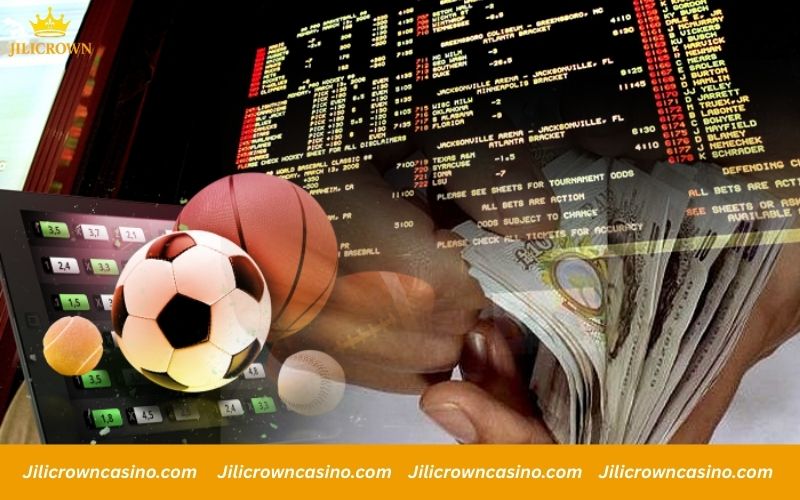
Common bankroll progression methods
These are stake-allocation systems tied to win/loss sequences. They do not turn a negative-EV bet into a positive one. Know them to recognize risk and compare against more disciplined bankroll approaches (fixed units, fractional Kelly).
Martingale
If you’re asking can you make money sports betting with Martingale, its mechanics are simple: after each loss you double the stake; after a win you reset the cycle and net +1 unit. Mathematically, after n consecutive losses the next stake is 2^n units; cumulative exposure ≈ 2^{n+1} − 1 units.
Seven straight losses would require a 128-unit wager – extreme.
Real-world risk comes from bet limits and a finite bankroll: losing streaks aren’t rare, so you can bust before the “inevitable” win. Martingale doesn’t create edge – it only reshapes variance. A safer baseline is fixed-unit staking and accepting variance.
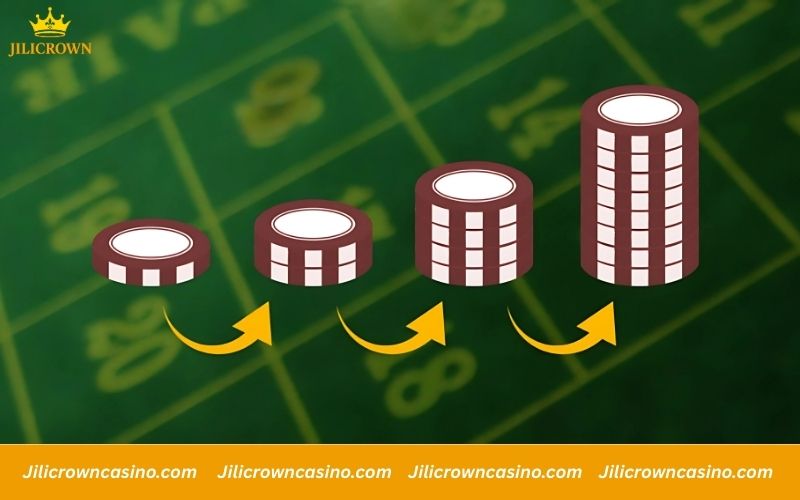
Fibonacci
Mechanics: stakes follow 1–1–2–3–5–8…; on a loss you move forward in the sequence, on a win you step back two to recover gradually. It escalates more slowly than Martingale, so it feels “smoother,” yet stakes can still balloon in long losing runs.
Drawbacks: capital lock-up for longer, small profit per cycle, and poor performance in negative-EV markets. It still doesn’t fix expectations; useful mainly to understand risk rather than to generate profit.
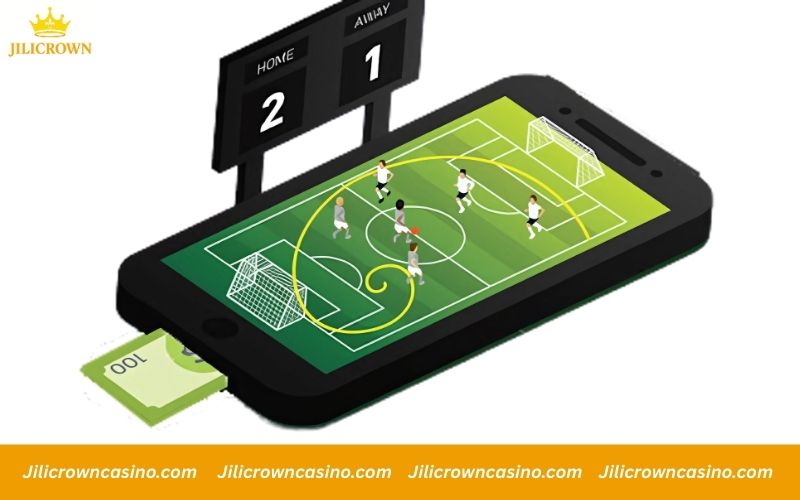
D’Alembert
Uses the “up one, down one” rule: after a loss +1 unit, after a win −1 unit. Stake changes are linear, so it looks gentler than Martingale/Fibonacci and is typically applied to near-50/50 prices (≈ 1.90/−110). However, long losing streaks still ratchet stakes upward and extend drawdowns.
Since it doesn’t change EV, D’Alembert is mostly a psychological discipline tool; without a measurable pricing edge, long-run results remain poor. If the goal is truly can you make money sports betting, prioritize positive EV and sound staking (fixed units or fractional Kelly) over progressions.
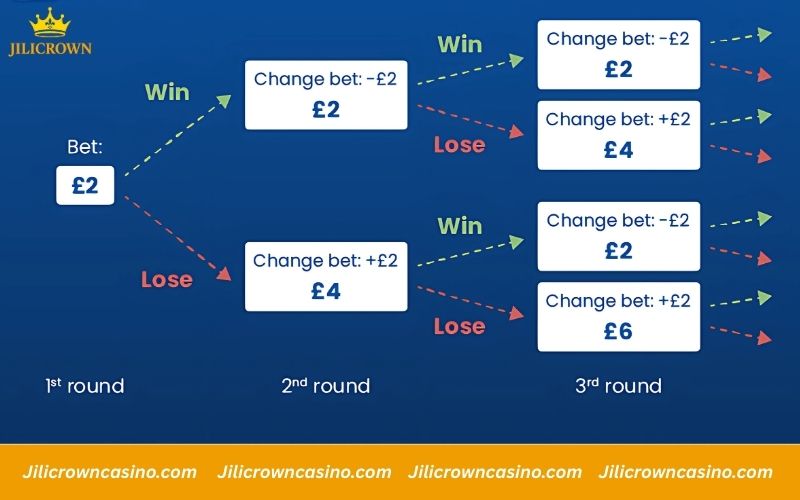
Can You Make Money Sports Betting – Labouchere (Cancellation)
Create a target sequence (e.g., 1–2–3); the stake equals first + last numbers. On a win, cross off both; on a loss, append the staked amount to the end of the sequence – lengthening it and inflating stakes over time.
The main risk is a sequence that stretches through a losing run, pushing stakes beyond control and into limits or bankroll exhaustion. Like other progressions, Labouchere doesn’t increase expectation; prioritize finding positive EV and conservative bankroll management.
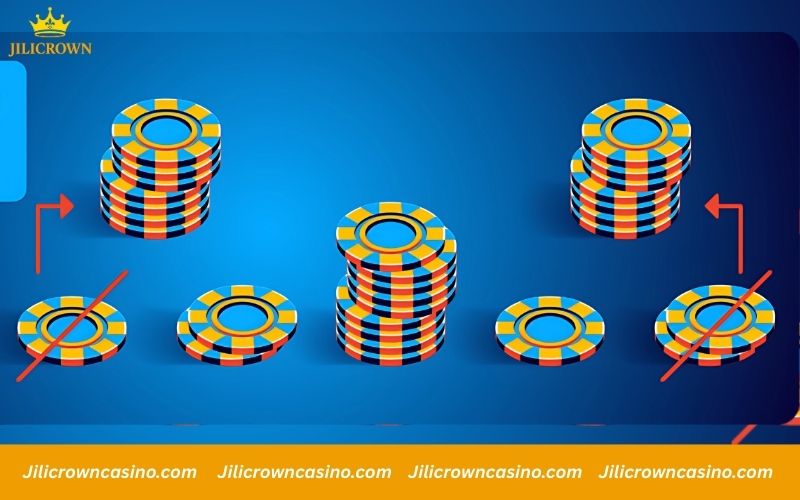
FAQs – Can you make money sports betting
Quick FAQ to clear up common misconceptions and help you execute faster – on progressions, market selection, bankroll, and how to verify edge. If you’re still wondering can you make money sports betting, the answers below keep it practical and data-driven.
Do progressions help you win long term?
No. If a bet is negative EV, any progression only reshapes variance; long-term you still lose. Sustainable profit requires positive EV.
Which markets should beginners start with?
1X2 and Over/Under are the easiest. Move to Asian Handicap once you understand lines (0, 0.25, 0.5…) and half-win/half-loss settlement.
What’s a safer bankroll approach?
Use fixed units of 1–2% of bankroll per bet. Consider fractional Kelly (¼–½) only if your probability estimates are reliable.
How do I know I have an edge?
Track CLV (entry vs. closing line) and net ROI after fees over a large enough sample; if you’re asking can you make money sports betting in a repeatable way, these two metrics are the proof.
Quick tips to reduce fee drag?
Line-shop across books for better prices, batch withdrawals on a schedule, and avoid “hope” parlays unless every leg is truly +EV.
Conclusion
So, can you make money sports betting? Yes—if you price games in Jilicrown casino yourself, bet only when the market is worse than your number (+EV), keep stakes fixed to bankroll, and track CLV and net ROI after fees. Line-shop, respect variance, and stay within legal limits.

